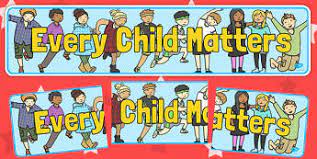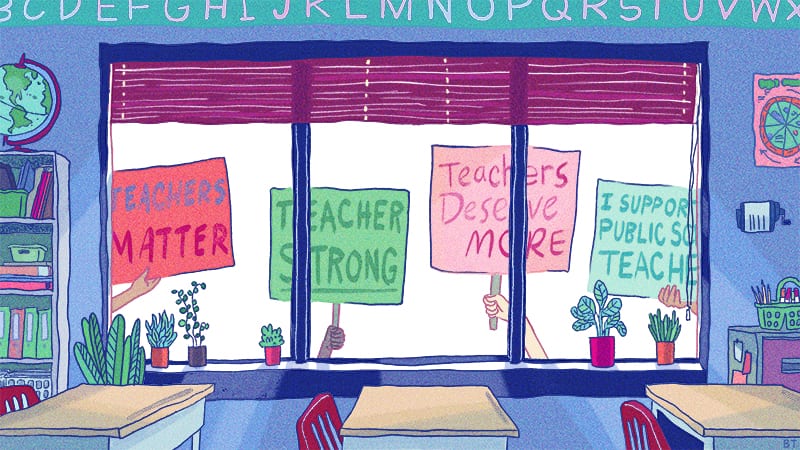As the school year kicks off, one topic that has sparked a discussion among educators is the introduction of a $300 tax credit for school supplies. This tax incentive aims to help teachers cover the extra costs that come out of their own pockets when decking out their classrooms and stocking up on essential teaching materials. But what do teachers really think about this measure? Let’s dive into their perspectives on this issue.
The Relief It Brings
For many teachers, the $300 tax credit brings much-needed relief to their financial burdens. It is no secret that most educators often have to dip into their personal funds to provide students with the best learning experiences possible. From stationery and books to innovative classroom tools and resources, teachers strive to create engaging learning environments for their students.
The tax credit is seen as an acknowledgment by governments and policymakers of the challenges faced by teachers in funding classroom supplies. Educators who spoke favorably about the initiative mentioned that it serves as a small gesture of gratitude towards their unwavering commitment to nurturing young minds.
A Drop in the Ocean
On the other hand, some educators argue that the $300 tax credit is insufficient and barely scratches the surface of what they need to outfit even a single classroom effectively. According to them, it is unrealistic to assume that such a modest amount can cover all necessary supplies for a full school year.
In addition, teachers who work in underprivileged or underfunded schools argue that they often have to spend significantly more than the proposed credit amount, meaning they would still face substantial out-of-pocket expenses despite government assistance.
Addressing Root Causes
While appreciating the thought behind the tax credit, some educators emphasize that it may only offer short-term solutions to deeper problems within education systems. They assert that long-term strategies should be employed to address issues like inadequate funding and resource allocations within schools themselves.
Moreover, these teachers express concern that the tax credit may lead to complacency within governments and policymakers, reducing the urgency for them to develop sustainable policies that better support educators in their quest to deliver quality education.
In conclusion, teachers’ responses to the $300 school supply tax credit are a mix of appreciation and criticism. While some view this measure as an effective means of acknowledging and financially supporting their tireless efforts, others contend that it falls short in addressing the root causes of educational inequality and funding disparities. It is clear that there’s much more to be done to bring about real change and ensure adequate financial support for our educators.











